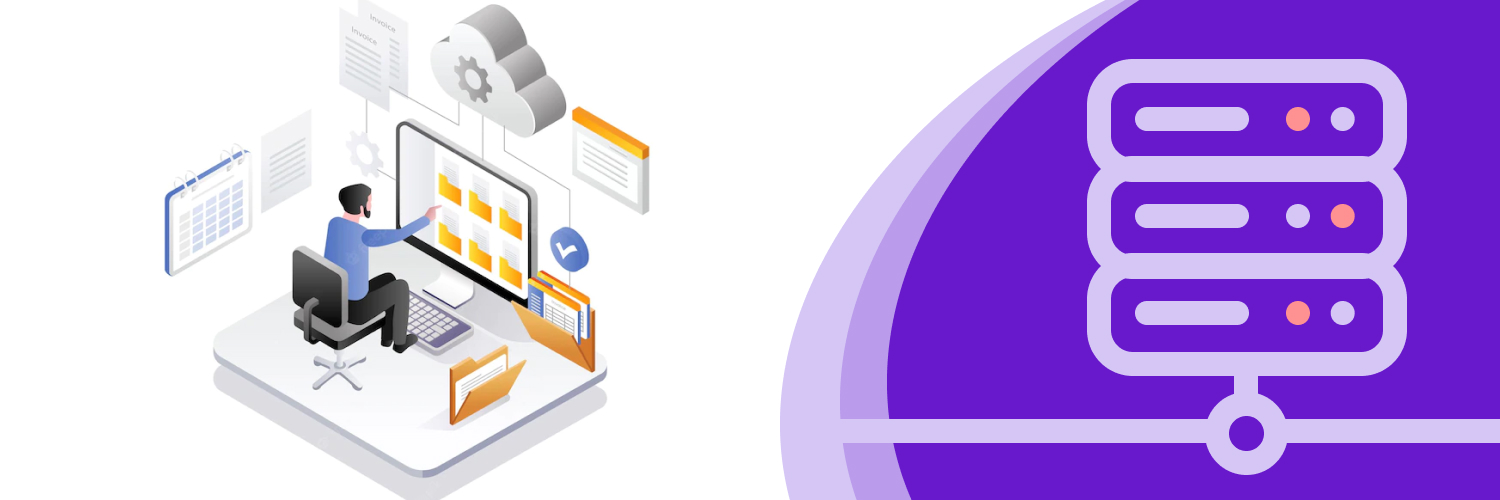Data parsing converts data from one format into another to make the text more readable and understandable to the reader. Simply put, if you get data in the standard markup language or HTML, the data parser will transform it into plain text which is reader-friendly and comprehensible.
Table of Contents
Data parsing takes large datasets that have been crawled and structures the information in a way that anyone can perceive and understand. Parsing is done all the time as you try to reach a piece of information on the web. However, not all the data is being converted as different websites have different parsing restrictions.
In this article, you’ll learn what is data parsing, the different data parsing tools, popular data parsing use cases, and whether you should buy or build a parser.
What is Data Parsing?

Parsing refers to the analysis of the string of symbols, special characters, and data structures using NLP- Natural Language Program. It gives meaning to the information extracted from data sets by organizing it based on user-defined rules. In general, parsing inspects sentences and maps semantic linkage between them. It further distinguishes between valid and invalid data values to identify significant marks within a data field.
Once the lexical data is separated from the irrelevant ones, the usable information is sent forward for syntactic analysis. This is where the logical meaning of sentences are drawn by the parser to display as the rational text and can be kept as any file type. The parsed string of data is converted into CSV or JSON. However, the conversion that occurs depends upon the parser’s design.
There is no one way to build a parser, rather it can be done programmatically as well as by using existing tools. Parsed data proves to be beneficial in multiple use cases such as for businesses in automated data extraction, reducing expenses, and/or enhancing visibility.
Data parsing occurs in two steps i.e. Primary and Secondary. The former step allots and populates the collected data before execution. The latter allows the allotted data to be executed according to the code provided by the parse.
Types of Data Parsing

To parse data, it’s the tool that makes conversion happen between the data formats and not the parser itself. There are two types of data parsing approaches for semantic analysis of text: Grammar-driven and Data-driven.
Grammar-driven
This type makes use of a set of formal grammar rules to parse the data. The unstructured data is altered to create an organized format. But, the models are usually limited in their robustness against the process. However, this can be avoided by zoning out the text from the grammatical scope and that being analyzed later.
Data-driven
It is a probabilistic model in computational linguistics. Unlike a grammar-based approach, data-driven parsing uses statistical parsers, semantic equations, and Natural Language Processing (NLP) for data organizing.
Data Parsing Technologies

There are numerous technologies and languages with which data parsing can be used. A few of them are discussed here;
Scripting languages
The scripting language produces a set of commands that can be executed without assembling. Scripting languages include JavaScript, PHP, Python, Ruby, etc. Web applications, games, and multimedia, as well as plugins and extensions, use these languages.
HTML and XML
HTML (Hypertext Markup Language) is the most widely used language to build web pages and apps to display the data. XML, on the other hand, is eXtensible Markup Language and transports that data between web pages and applications. Parsing involves reading and processing content from the documents written in these languages
Interactive data language
IDL, a programming language, is used for the analysis of data. It includes interactive processing of numerous data.
Java and programming languages
Many top-level programming languages employ data parsing tools. The string of commands is divided into elements for syntactic analysis.
Modeling language
Developers, as well as system analysts, use modeling languages to understand the system being modeled for its requirements, behaviors, and structures.
SQL and other database languages
SQL handles data in databases. The database parses a statement into structured data to manage the data in the database.
HTTP, HTTPS, and other internet protocols
Internet protocol languages including Hypertext Transfer Protocol serve as the communication basis of the world wide web. Data parsing is used with HTTPS for data communication across the web network.
Where Can You Apply Data Parsing?

Data parsers are being used everywhere and is extremely beneficial to businesses. It works by extracting relevant data from documents, structuring it, and filtering out the details. Marketers, investors, property dealers, and startups use the parsed data to make informed business decisions and elevate performance.
Here are a few common use cases:
Finance management
Banks and other financing firms use data parsing to scrape the key information out of all the applications. They aim to drive insights about appliers’ credit reports, investment portfolios, and verification of the income sources. This helps finance departments to define interest rates, payment plans, and policies.
Optimize business workflow
To convert unidentifiable information into structured datasets, companies and businesses make use of data parsers. Companies make their data extraction process more optimized and goal-targeted which is then used in many business applications.
Shipping and logistics
Data parsers are applied to extract shipping and billing details. It also arranges shipping labels. This lets delivery businesses handle tons of data automatically and cut the costs of manual handling.
Real estate industry
Property dealers are endlessly extracting lead data from real estate emails via parsers. Procuring data from customer relationship management sites also allows the real estate agents to devise their marketing strategies. This includes, but is not limited to, contact numbers, addresses, and capital details of other similar firms.
Automate lead generation
Valuable leads are very important to develop a well-executed marketing strategy for any business. Leads are collected from multiple channels for instance from the newsletter, social networks, emails, etc. to avoid the tedious manual collection of leads, data parsers will automatically extract the useful data.
Tackling customer emails
One of the most common reasons companies use a mail parser is to tackle their customers’ requests. No business wants to lose customers and that can be done by being responsive and accommodating. Data parsers extract all the requests from customer emails and feed them automatically into a Google sheet. This may include support requests, online surveys, appointment requests, grant applications, and many others.
Parse digital invoices
Each received invoice needs to be entered into the accounting system and if done manually, it becomes exhausting. A mail parser will mechanically import your recurring digital invoices into a CSV format in your system.
Manage accommodation bookings
The hospitality industry is no less using data parsers to search for accommodations around. All the booking information is being extracted from the emails and letting small property businesses offer more tailored booking solutions to the hunters.
Handle online sales
Many data parsers allow sellers to consolidate all their statistics into a single workflow by handling their e-commerce sales. This parsed data may also help with delivery logistics.
Building vs. Buying a Data Parser

Dealing with tons and tons of online data can be messy as it’s all unstructured and available in raw form. To make it meaningful and utilize purposefully, data parsers can be a stepping stone. However, there are multiple options to pay for a ready-made solution versus the option to build your own data parser. We’ll compare the pros and cons of both to make your decision quicker and easier.
Built data parser
Pros:
- Tailored to your company’s specific needs.
- Control its maintenance and updates to keep your routine operations going.
- It might be cost-effective.
Cons:
- Staff training on application and usage.
- More time and labor are required.
- It may not be compatible with upgrading technologies.
Ready-made data parser
Pros:
- Designed to function with all types of businesses.
- The service provider takes care of its maintenance and updating.
- Saves time.
Cons:
- It may not completely fit your custom needs.
- Limited control over parsing.
- It may be pricey.
Final Thoughts

As a wrap-up, data parsing is a great thing you can try for your business to boost your sales and online presence. It extracts valuable data, makes it meaningful, and gives you insights into multiple systems while you focus on the more important aspects of your business. As everything is getting automated, businesses are finding success by making the right use of data parsers. They certainly make the operations more agile and scalable. However, when it comes to buying or building a data parser, it’s the budget, assignments, and the extent of customization needed that defines which one to go for.



